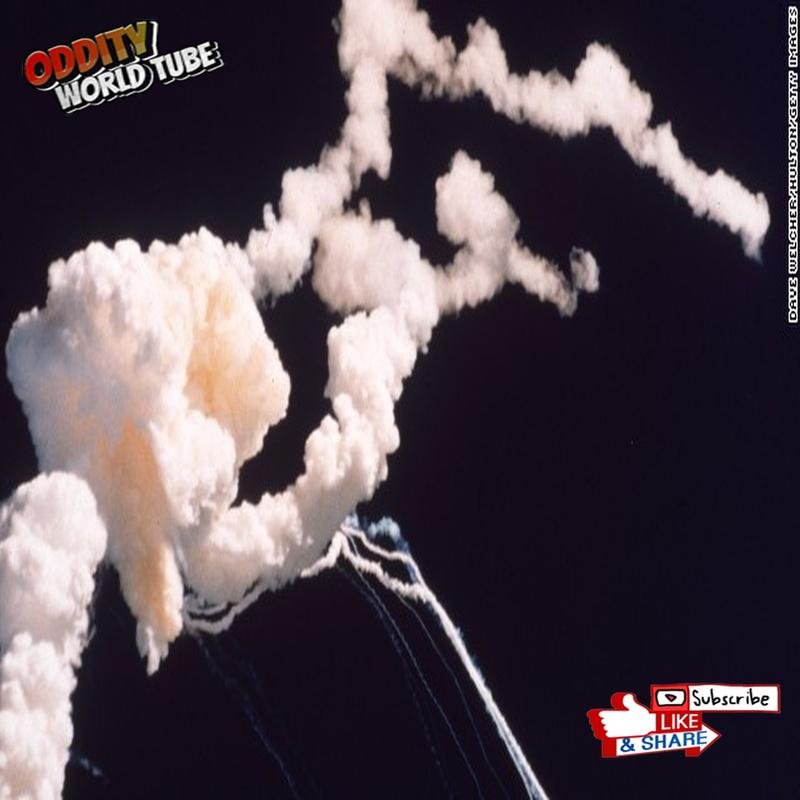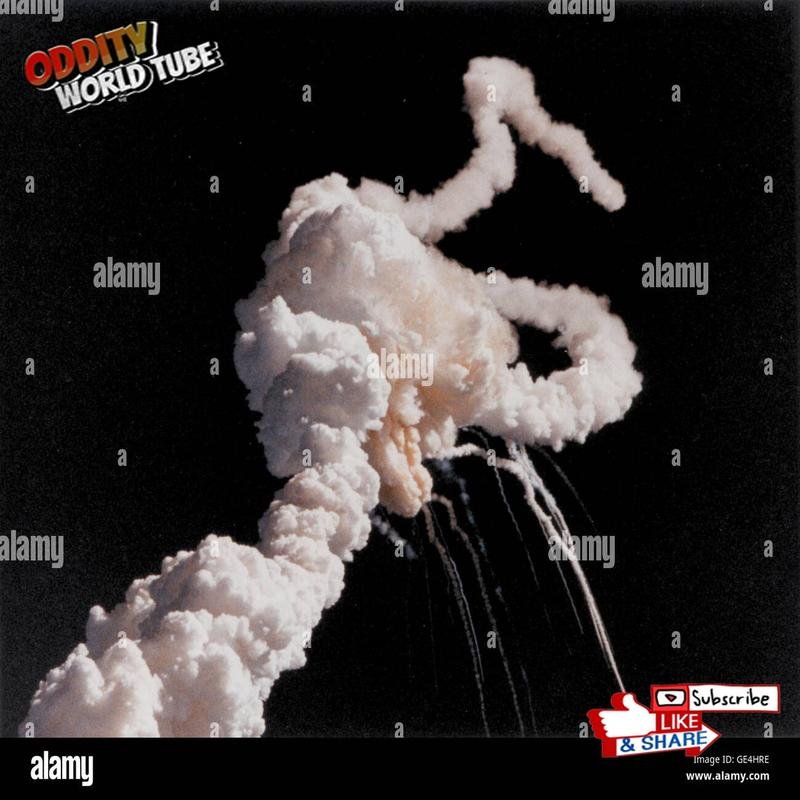The 1986 Challenger Disaster: Unveiling the Underlying Causes 🚀🔍 #Challenger #NASA #Space

Challenger Disaster: Root Causes & Analysis
On January 28, 1986, the Space Shuttle Challenger experienced a catastrophic failure 73 seconds after launch, resulting in the loss of all seven crew members. Subsequent investigation determined that the accident was caused by a malfunction in an O-ring seal of a solid rocket booster. Pre-launch temperatures below freezing compromised the O-ring’s integrity, preventing proper sealing. This resulted in a breach of the solid rocket booster, igniting the external fuel tank and causing the subsequent explosion.
The O-Ring Failure
The investigation focused heavily on the O-rings’ role in the disaster. These seals were crucial for preventing hot gas from escaping the solid rocket boosters. The cold temperatures significantly reduced the O-rings’ elasticity, preventing them from sealing effectively.
Contributing Factors
Several factors contributed to the O-ring failure, including the unusually low temperatures on launch day and a lack of sufficient testing and analysis of the O-rings’ performance in cold weather.
Consequences and Legacy
The Challenger disaster had profound consequences, leading to a temporary halt in the Space Shuttle program and a thorough review of NASA’s safety procedures. The tragedy highlighted the importance of rigorous testing, risk assessment, and open communication within organizations.









